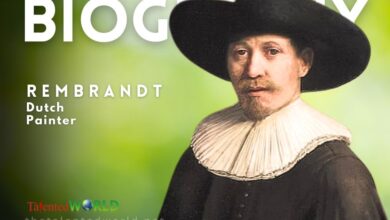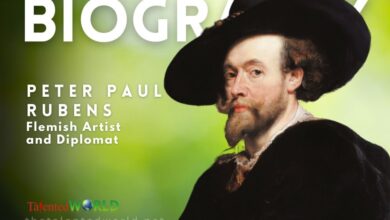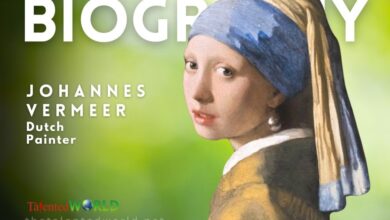| Full Name | Pierre-Auguste Renoir |
| Date of Birth | 25 February 1841 |
| Place of Birth | Limoges, France |
| Date of Death | 3 December 1919 |
| Place of Death | Cagnes-sur-Mer, France |
| Known For | Painting |
| Notable Works | Bal du moulin de la Galette (1876), Luncheon of the Boating Party (1880), Pink and Blue (1881), Girls at the Piano (1892), Nude (1910) |
| Movement | Impressionism |
| Family | Father of actor Pierre Renoir, filmmaker Jean Renoir, and ceramic artist Claude Renoir. Grandfather of filmmaker Claude Renoir, son of Pierre. |
| Education | Studied art under Charles Gleyre in Paris. |
| Early Life | Born into a family of modest means, moved to Paris at a young age. Showed talent for drawing and singing. Apprenticed at a porcelain factory before pursuing art. |
| Artistic Career | Initially struggled financially, gained recognition at Salon of 1868. Formed friendships with fellow artists like Monet. |
| Life Events | Mistaken for a spy during Paris Commune. Lost a painting location due to the end of a friendship. |






